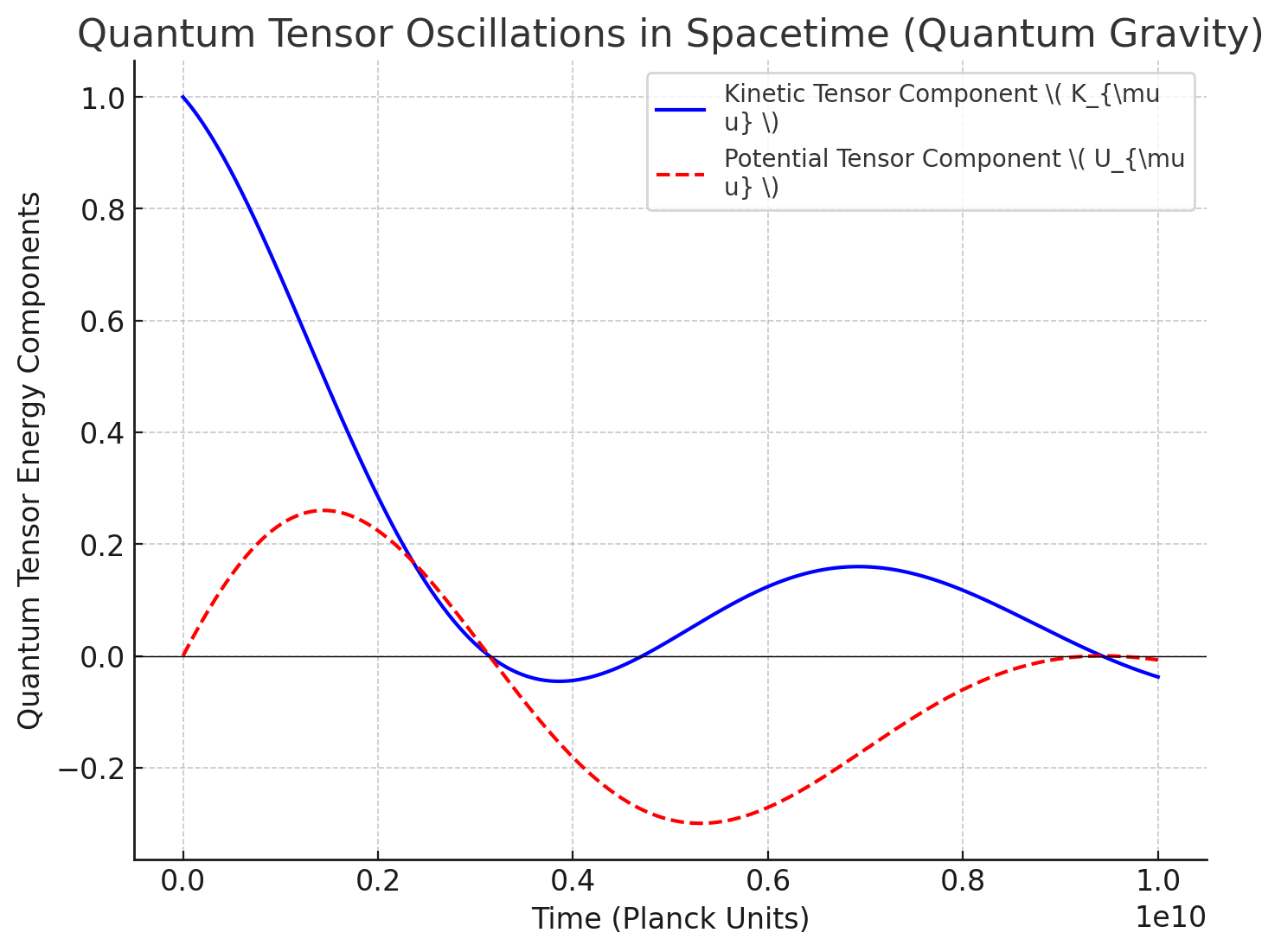How the FeMo Cofactor of Nitrogenase Breaks the Triple Bond in N₂ Part 1

How the FeMo Cofactor of Nitrogenase Breaks the Triple Bond in N₂ Breaking the triple bond in dinitrogen (N≡N) is one of the toughest chemical reactions in nature, requiring large activation energy due to its strength (~945 kJ/mol). Yet, nitrogenase , powered by its FeMo-cofactor ( FeMoco ) , performs this feat under ambient conditions . 🔬 Overview of FeMo Cofactor (FeMoco) The FeMoco is the active site of molybdenum-dependent nitrogenase, and it consists of: [Mo-7Fe-9S-C-homocitrate] cluster One central interstitial atom (carbon) suspected to play a stabilizing electronic role It acts as the redox center where electrons accumulate and transfer to N₂ , step by step, ultimately breaking its triple bond. 🧩 Mechanism: How FeMoC Breaks N≡N 1. Substrate Binding N₂ binds at or near the Mo or Fe6 site on the FeMoco cluster. Hydrogen bonding and conformational changes help stabilize the binding. 2. Electron Accumulation The nitrogenase complex sequential...




